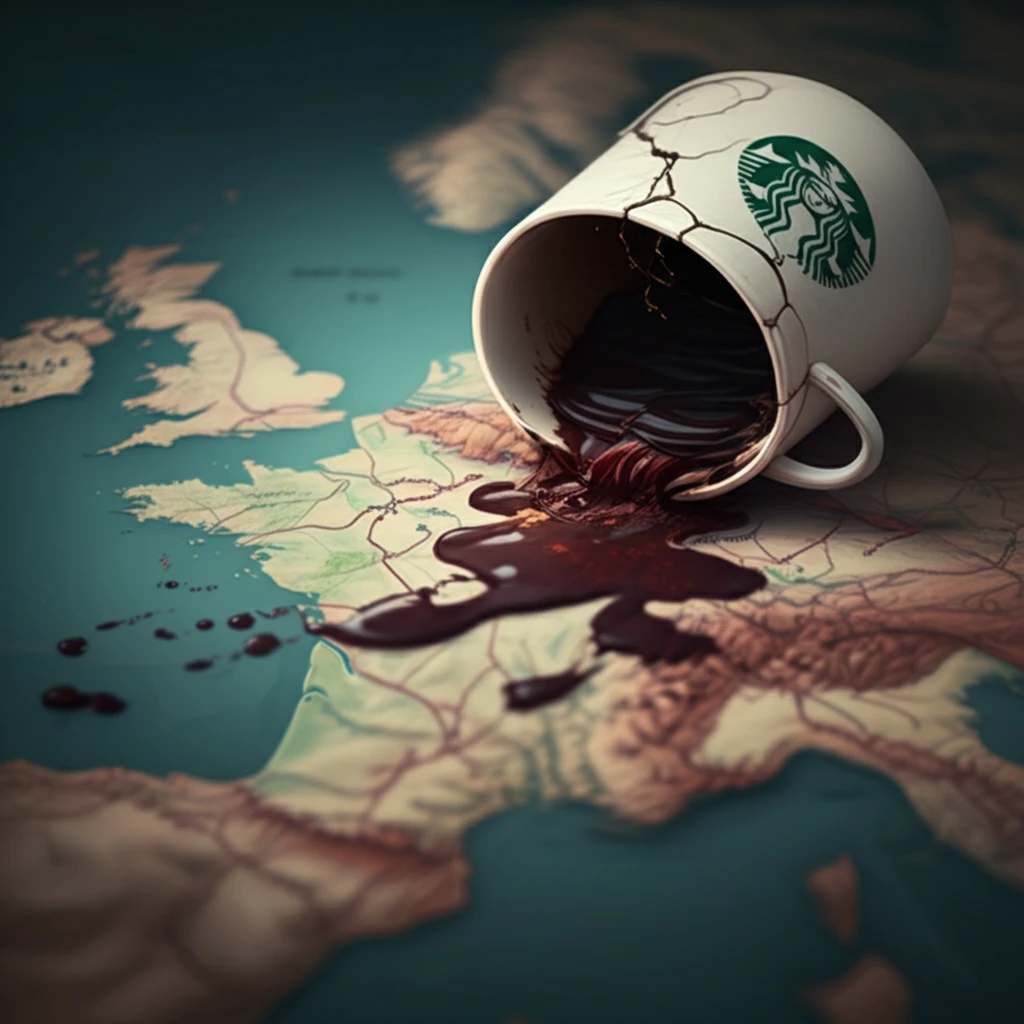![]()
Decoding Brand Hate: Why Consumers Turn Against Iconic Brands Like Starbucks
"Exploring the phenomenon of brand hate, its causes, consequences, and what companies can do to navigate the negativity."
In today's hyper-connected world, brands are more than just logos and products; they're symbols loaded with cultural and emotional meaning. While companies strive for brand love, the opposite – brand hate – can also emerge, posing a significant threat to a company's reputation and bottom line. But what exactly is brand hate, and why do consumers develop such strong negative feelings toward certain brands?
Academic research is increasingly focusing on this phenomenon, seeking to understand the antecedents and consequences of brand hate. Unlike simple dissatisfaction, brand hate is a deep-seated aversion that can manifest in various ways, from boycotts and negative word-of-mouth to online activism and even brand sabotage. This article will explore the concept of brand hate, drawing on a case study of Starbucks in France to illustrate the complexities of this consumer sentiment.
While Starbucks enjoys global recognition and a loyal customer base, it has also faced criticism and outright hate from certain segments of the population. By examining the factors that contribute to brand hate in this specific context, we can gain valuable insights into how companies can better understand and manage negative consumer perceptions.
Unpacking Brand Hate: More Than Just Dislike?

Brand hate is more than just a fleeting feeling of dissatisfaction. It is "the extreme negative affective component of attitude towards a brand". This suggests that brand hate is a durable phenomenon, and extreme negative attitudinal consumer responses can be quite significant and damaging for food-related companies.
- Active Brand Hate: Includes emotions such as anger and contempt.
- Passive Brand Hate: Related to emotions such as fear, disappointment, and dehumanization.
- Triggers: Negative past experiences, symbolic incongruity, and ideological incompatibility.
Turning Hate Around: Strategies for Brand Recovery
Combating brand hate requires a multifaceted approach that addresses the underlying causes of negative sentiment. While complete reversal may not always be possible, companies can take steps to mitigate the damage and rebuild trust with consumers. This begins with active listening, empathetic communication, and a willingness to address legitimate concerns.
